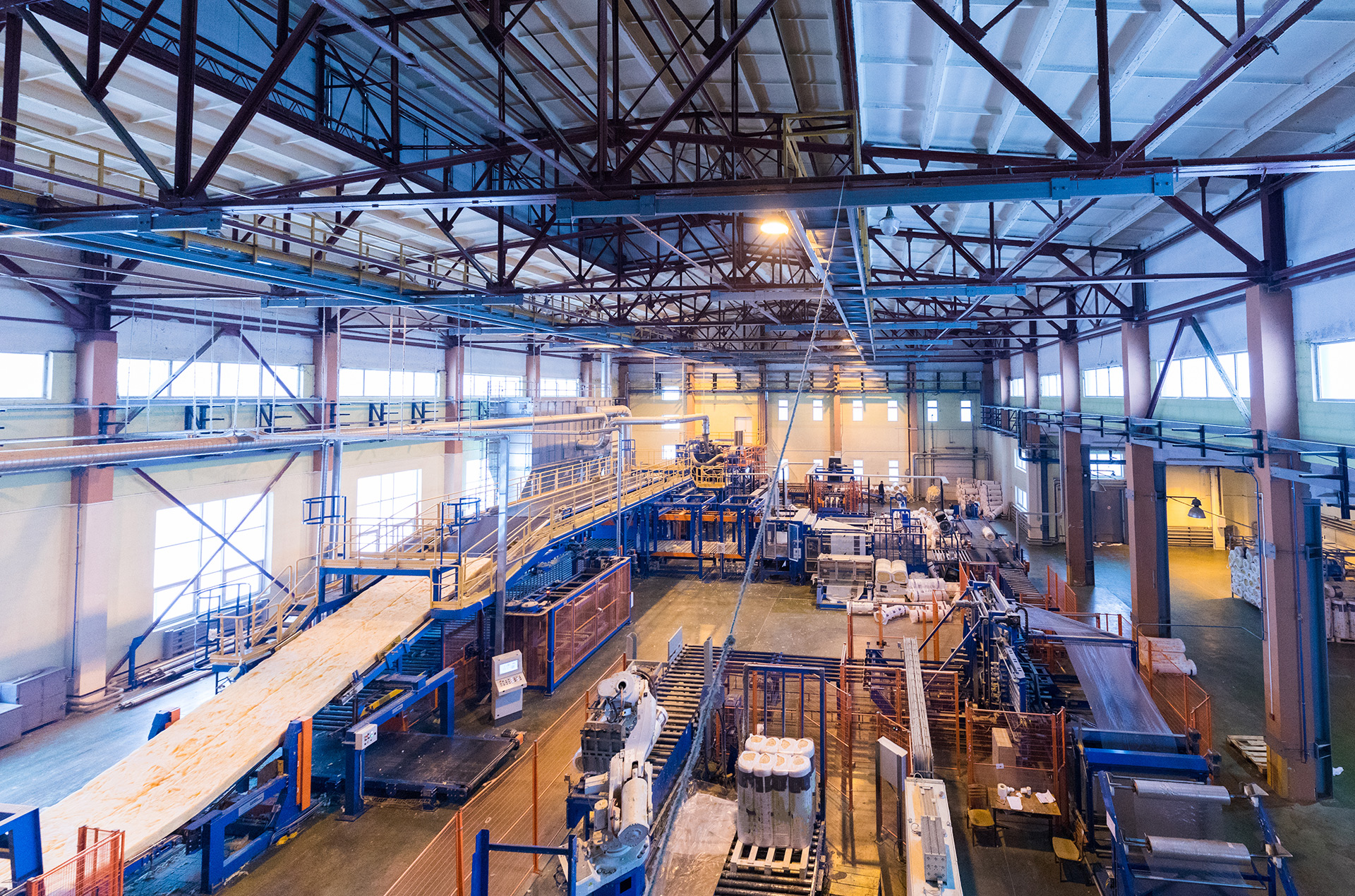A Typical Process Optimization Project
The following is an outline of a typical workforce optimization project:
Baseline Assessment
Videotaping of manufacturing operations or on-site predetermined time study data collection
Factory Flow analysis of fork truck drivers and material handling personnel
Development of a current state time study for existing operations
Identify safety and ergonomic issues for future analysis and recommendations
Development of a current state cycle line layout for the manufacturing operations
Development of baseline metrics for future comparative analysis to an optimized future state Direct and Indirect Labor plan


Future State Plan Development
Rebalancing of manufacturing and assembly content focused on the elimination of non-value-added activities which include the following:
- Defects
- Overproduction
- Waiting
- Not utilizing talent
- Transportation
- Inventory excess
- Motion waste Excess processing
Correct any identified ergonomic or safety issues from the baseline assessment
Development of a future state cycle line layout that identifies to the optimal Required to Operate (RTO) indirect and direct labor plan
Update all process documentation to support the new lean and efficient plan
Train operators on their new work assignments
Provide hands-on implementation support
Workforce optimization is about creating a harmonious balance between efficient business operations and a healthy, productive workforce. It requires a strategic approach that considers various aspects of workforce management and leverages data to make informed decisions.
Successful workforce optimization can lead to significant improvements in business performance, customer satisfaction, and employee engagement.
Note:
Please refer to our Process Documentation Maintenance Program (PDMP) to support future continuous improvement initiatives and future Quality Audits.
